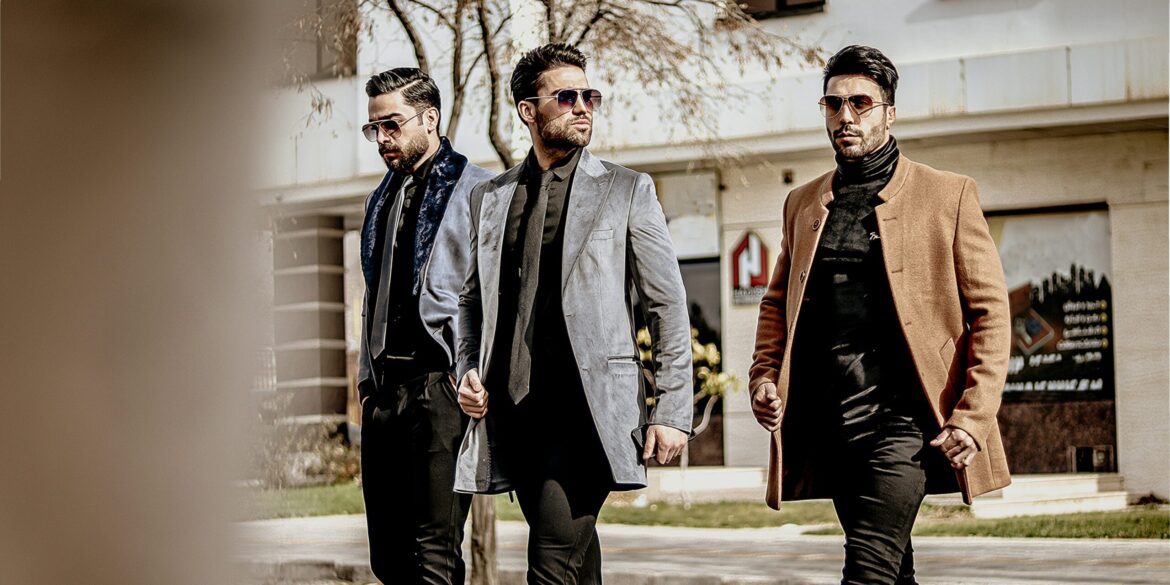On June 21, 2025, the menswear world turned its gaze to Milan, where the Spring-Summer 2026 collections debuted at Milan Fashion Week and triggered a sartorial shift now making waves in the United States. This season, one name stood out: Umit Benan. Known for his dedication to classic tailoring, Benan reasserted his position in the fashion world by delivering a refined take on bespoke suiting that prioritizes intimacy, personalization, and craftsmanship. The revival of traditional menswear forms, combined with contemporary flourishes, is now influencing American designers and tailors from coast to coast.
Benan’s presentation went beyond aesthetics. With a renewed emphasis on one-on-one fittings, dialogue-based design consultations, and curated material selections, he brought clients directly into the creation process. At a time when much of the fashion industry is driven by mass production and online retail algorithms, Benan’s emphasis on relationship-building and heritage methods has resonated deeply with consumers craving authenticity.
His Milan atelier, recently reopened with support from New Guards Group co-founder Davide De Giglio, has become a hub for high-end, made-to-measure garments that capture the spirit of the wearer. This fresh interpretation of bespoke has attracted the attention of American tailors and boutique owners, especially in New York, Chicago, and Los Angeles, who are now adopting similar personalized approaches to menswear.
Meanwhile, another standout moment in Milan came from fashion giants Dolce & Gabbana, whose Spring-Summer 2026 menswear show championed a relaxed but polished aesthetic. Dubbed “wrinkled romance,” their collection celebrated leisurewear-inspired suiting with unstructured silhouettes, pajama-style shirts, and tailored trousers in airy fabrics. The looks emphasized comfort without sacrificing elegance, drawing on motifs such as pastel stripes, soft knits, and floral embroidery.
This juxtaposition of ease and formality added a modern layer to traditional menswear. Models walked through open-air spaces in Milan, blending seamlessly with the city’s architecture and reinforcing the notion that style today is meant to move beyond the runway into everyday life. The tactile richness—think linen blazers, raw textures, and visible layers—also struck a chord with audiences seeking both visual interest and functionality.
The effects of Milan’s fashion week are now being felt stateside. In New York, luxury tailoring studios are increasingly incorporating Benan’s approach, offering bespoke sessions that emphasize storytelling and long-term wardrobe planning. Chicago’s fashion-forward scene is embracing lightweight suiting in pale hues and vintage prints, ideal for humid summers and more flexible work dress codes. Out west, Los Angeles is interpreting the pajama-style suiting trend with California flair, favoring breezy fabrics, minimalistic cuts, and tonal color palettes that suit both creative offices and weekend gatherings.
Across these cities, the shift signals a departure from fast fashion’s relentless cycle of disposable trends. Instead, there is a renewed focus on slow fashion—garments designed to last, reflect individuality, and evolve with the wearer. American men, especially those in urban style hubs, are beginning to invest more in quality pieces that convey a sense of personal style and sophistication.
The timing of this transformation is notable. The menswear market, particularly in Europe, is experiencing a surge. According to industry forecasts, Italy’s menswear sector is expected to generate €2.47 billion in 2026, up from €2.4 billion in 2025. This growth underscores a broader trend of consumers returning to classic styles and bespoke services amid increasing skepticism toward homogenized, fast-turnover fashion.
Industry voices echo this sentiment. Speaking to GQ, insiders noted that Benan’s name dominated conversations in Milan, not just for his garments but for his commitment to restoring the human connection in fashion. Dolce & Gabbana’s collection, meanwhile, served as a playful yet elegant reminder that style can be both expressive and wearable.
Ultimately, this continental influence is cultivating a new phase in American menswear: one that values craft over convenience, personality over uniformity, and intention over impulse. Whether through a meticulously tailored linen suit or a pajama-inspired ensemble that balances comfort with charm, U.S. men are embracing fashion that feels personal, practical, and timeless.

